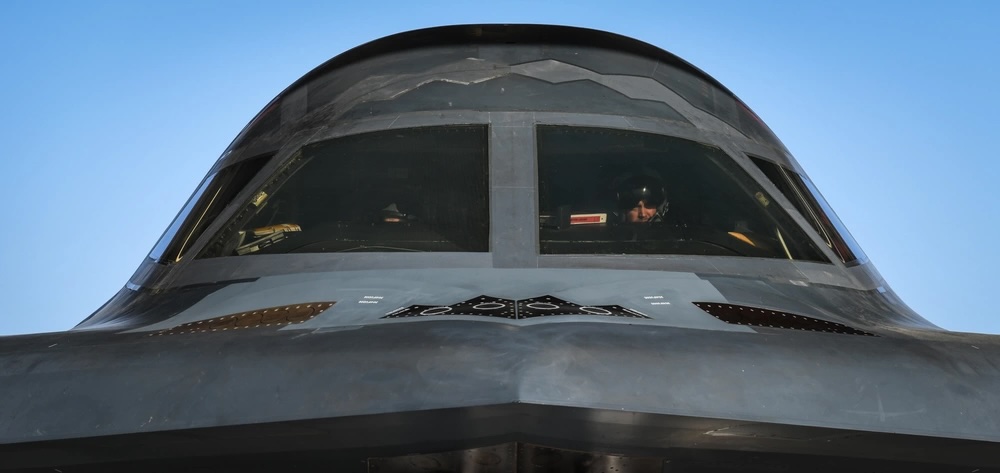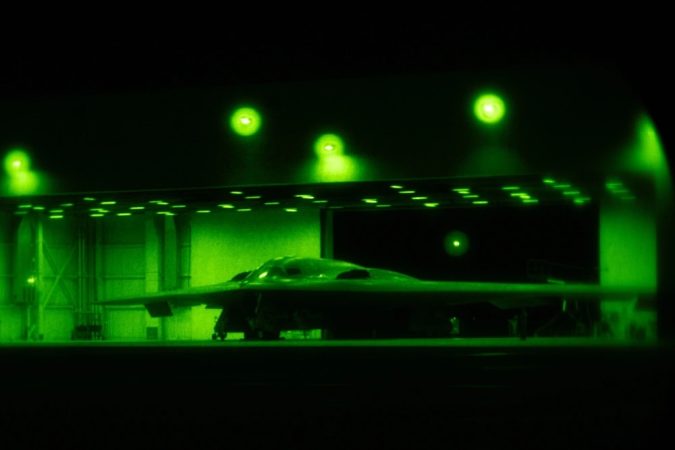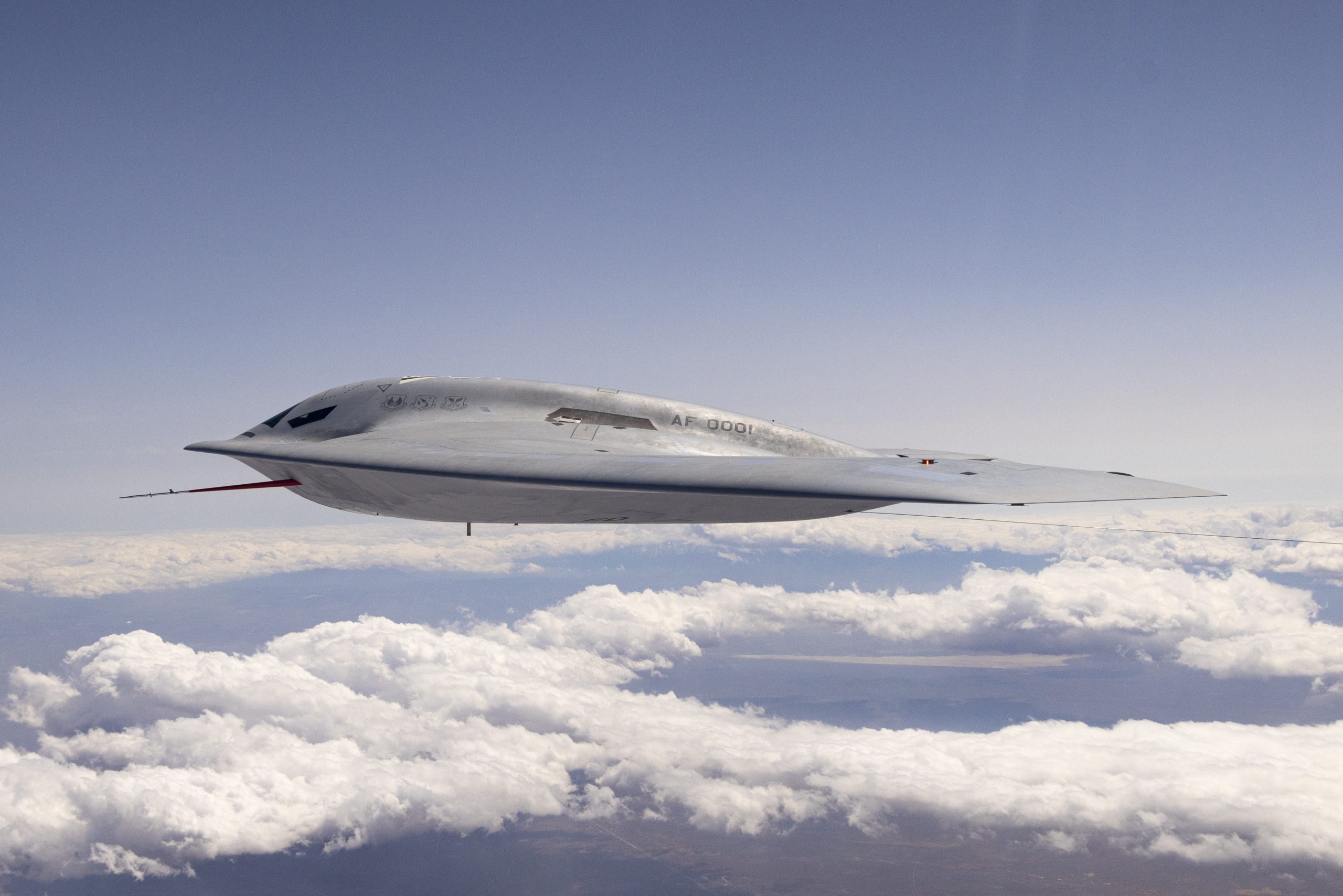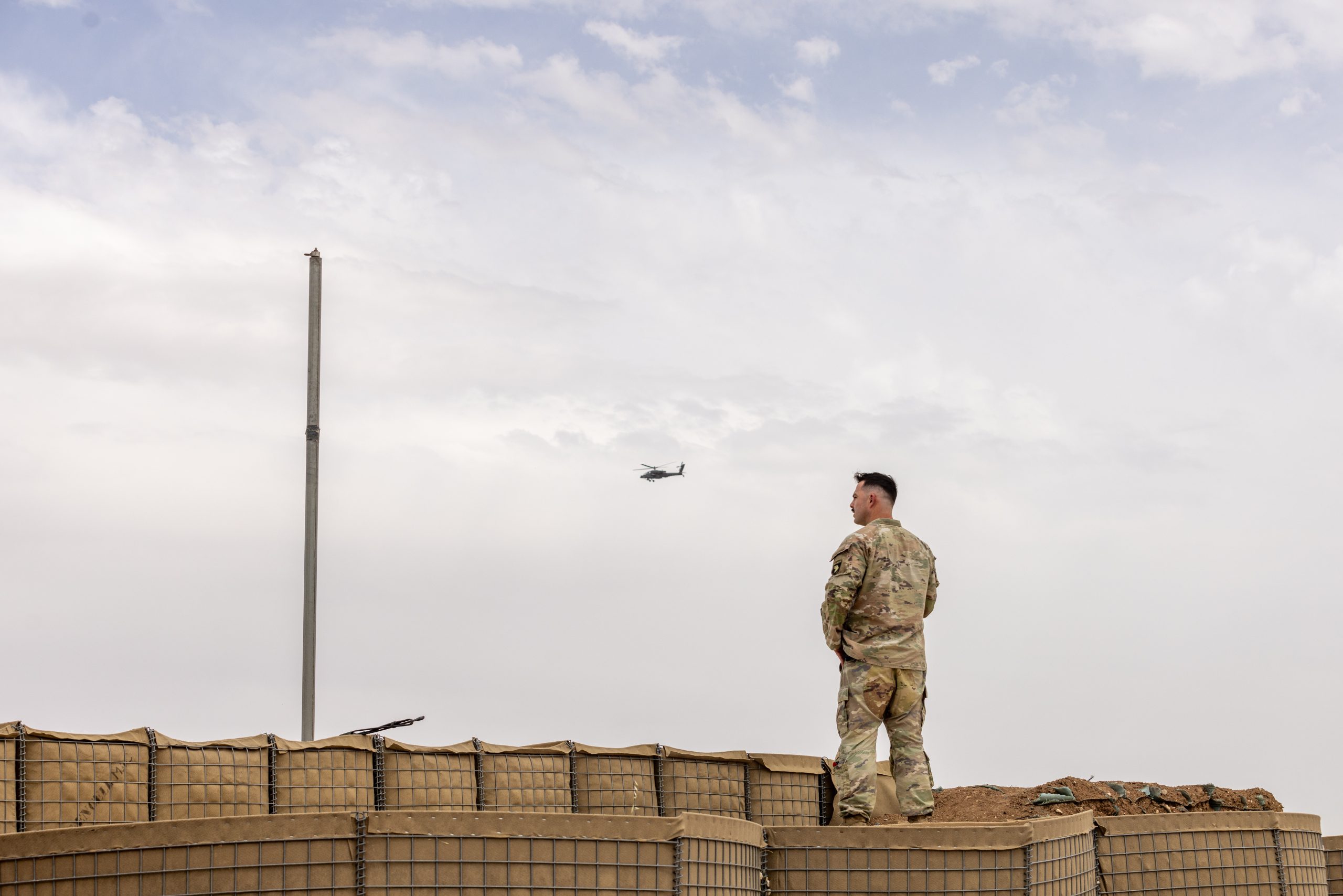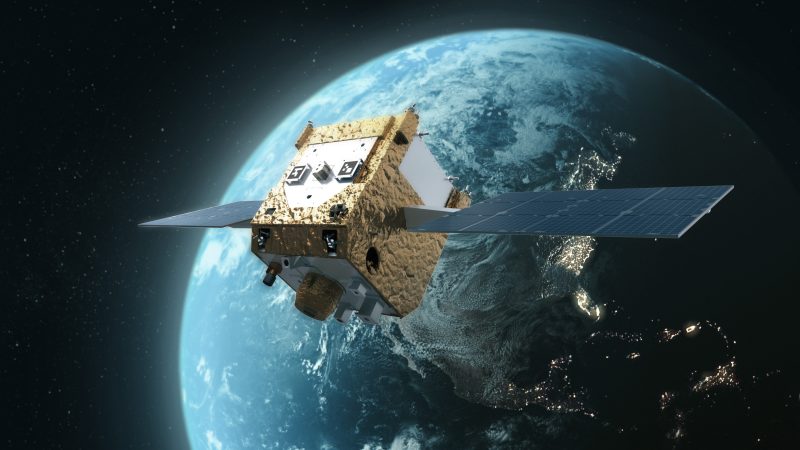The rapid rise of quantum sensing is swiftly overcoming the value of stealth in war, which will be eclipsed by a need for speed, self-defense measures and other means of evading an enemy, the Defense Advanced Research Projects Agency’s No. 2 official said.
The “stealth era” may be coming to a close as the future becomes increasingly dominated by sensors, Rob McHenry said on a webinar hosted June 25 by the Air and Space Forces Association’s Mitchell Institute for Aerospace Studies.
“I don’t think we’re going to be able to hide, in an operational sense, in a realistic way,” McHenry said, “due to the sophistication of sensor fusion and track, using AI and other techniques.”
His comments come as the Air Force invests heavily in stealthy platforms that could sneak by enemy air defenses in a future conflict, from the next-generation F-47 fighter to the B-21 bomber to new hunter-killer drones. The service has mused that larger, slower jets like tankers and transport planes should also have some form of cloaking to avoid being targeted as they ferry equipment, troops and gas.
DARPA is wrestling with the implications of this development, McHenry said. The secretive research agency has launched initiatives exploring advances in speed, maneuverability, and the ability to sustain battle damage—success with which could give a military force an edge in combat.
But he downplayed the utility of adding new munitions to the mix. While weapons can “always go faster and be more maneuverable than your platform, [that’s] probably not a deep … vein to go invest in,” he said.
McHenry said the likely demise of stealth has signaled that the U.S. needs to develop more defensive capabilities, particularly in the air domain. While naval vessels are “designed to take a hit and keep fighting,” he said, that’s not typically true of aircraft.
He wondered why “we don’t have anti-missile missiles on our tactical aircraft. “You assume you’re going to get shot at and you can do something about it.”
But America’s adversaries will lose the advantage of stealth, too. The U.S. can now employ quantum sensing to see stealthy opponents whose air combat technology is increasingly on par with America’s, McHenry said.
Quantum sensing collects atomic-level data on time, temperature, rotation, and more to pinpoint an object’s location with unprecedented accuracy.
Quantum sensing is transitioning from a science “to an engineering discipline that we can deploy in real-world situations,” McHenry noted.
“If you emit a kilowatt of energy, you’re going to be seen and you’re going to be engaged,” he said. “The ability to do that in small, lightweight form factors is going to be fundamentally different than anything we’ve had before. And so, while we’re worried about … the implications of that for the stealth era and what’s next beyond that, we’re also obviously leveraging that fully to go after the adversaries and be able to track things … virtually anywhere, anytime.”
When it comes to speed, DARPA is exploring what hypersonic weapons and platforms might look like in a decade. The agency also has ongoing work related to hypersonic projects run by the military services, McHenry said.
The agency is revisiting its investment in hypersonics research after a “generation of massive investment” in initiatives like the Hypersonic Test Vehicle failed to garner much interest from the armed forces, he said.
“The cost of these systems was extremely high,” he said. “The operational need for them was uncertain.”
Speed matters for the defense-industrial base, too. Facing at least one competitor with comparable economic power and technological capability will require the Pentagon to constantly iterate on its equipment. DARPA is experimenting with software that can be updated within a day to adapt to changes on the battlefield.


